Home>Furniture & Design>Bathroom Accessories>How To Disinfect Toothbrush After Strep
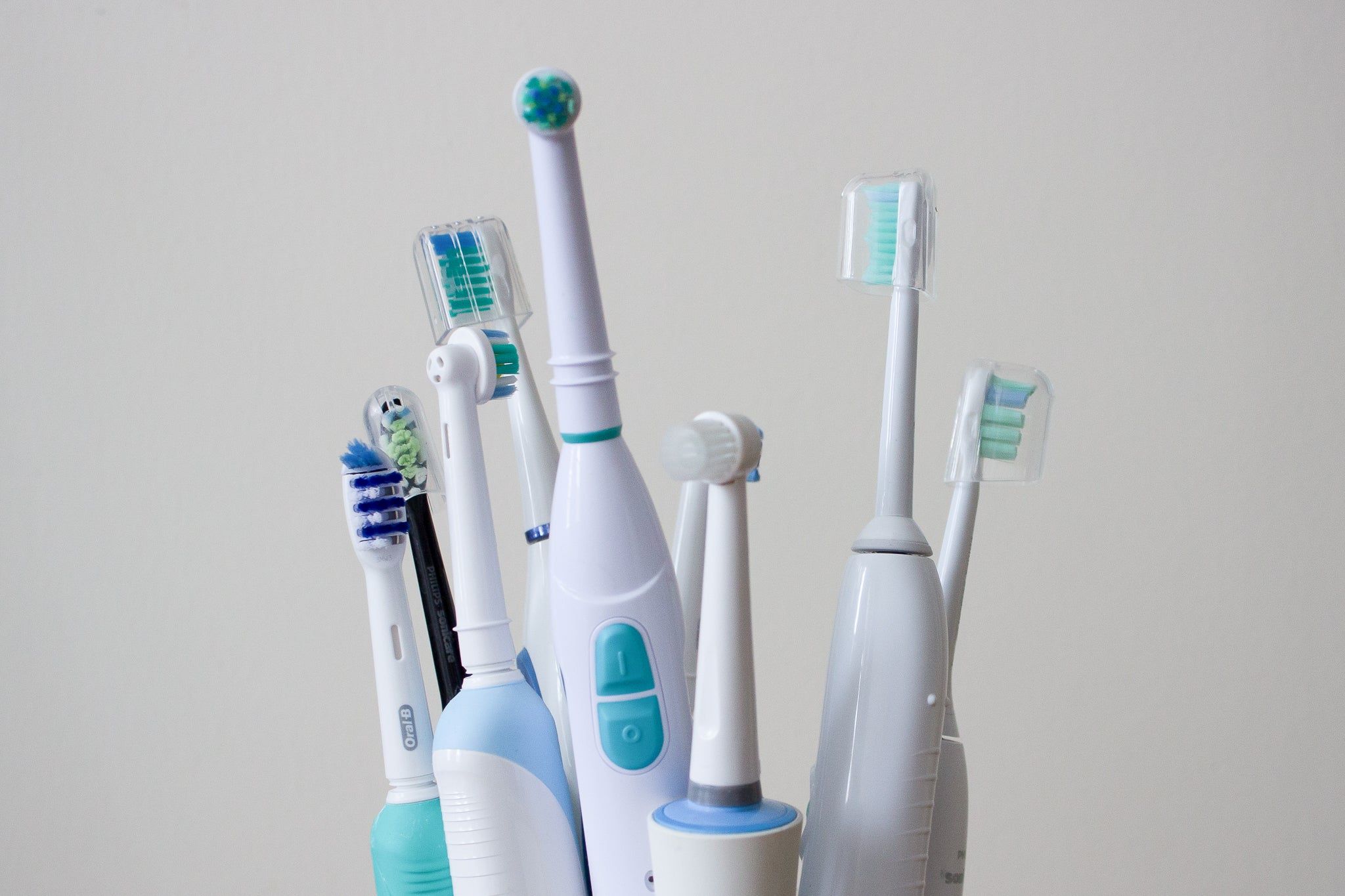

Bathroom Accessories
How To Disinfect Toothbrush After Strep
Modified: August 17, 2024
Learn how to properly disinfect your toothbrush after strep throat to prevent the spread of bacteria in your bathroom. Follow these simple steps for clean and hygienic bathroom accessories.
(Many of the links in this article redirect to a specific reviewed product. Your purchase of these products through affiliate links helps to generate commission for Storables.com, at no extra cost. Learn more)
Introduction
Maintaining oral hygiene is a crucial aspect of overall health, and the toothbrush plays a pivotal role in this daily routine. However, many individuals are unaware of the potential risks associated with using a toothbrush after recovering from strep throat. Strep throat is caused by the Streptococcus bacteria, which can linger on the toothbrush and lead to a recurrence of the infection if proper disinfection measures are not taken.
In this article, we will delve into the importance of disinfecting a toothbrush after recovering from strep throat and explore effective methods to ensure the elimination of strep bacteria. By understanding the significance of this practice and implementing the recommended disinfection techniques, individuals can safeguard themselves and their loved ones from the potential health hazards posed by contaminated toothbrushes.
As we navigate through the intricacies of disinfecting a toothbrush after strep, it is essential to recognize the significance of this process in preventing the spread of harmful bacteria and maintaining optimal oral health. Let's embark on this enlightening journey to gain valuable insights into safeguarding our well-being through proper toothbrush disinfection.
Key Takeaways:
- Keep your toothbrush clean after strep to prevent getting sick again. Use hydrogen peroxide, boiling water, mouthwash soak, UV sanitizer, or replace it altogether to kill strep bacteria.
- Disinfecting your toothbrush after strep not only protects you but also keeps your family and roommates healthy. It’s an easy way to stop the spread of harmful bacteria.
Read more: When To Change Toothbrush After Strep
Understanding Strep Bacteria
Strep bacteria, short for Streptococcus, are a group of bacteria that can cause a variety of infections in the human body. One of the most common infections caused by strep bacteria is strep throat, which is characterized by a sore throat, fever, and swollen tonsils. Strep bacteria can also lead to other health issues such as skin infections, pneumonia, and sinus infections.
The primary culprit behind strep throat is the bacterium Streptococcus pyogenes, also known as group A Streptococcus. This bacterium is highly contagious and can spread through airborne droplets when an infected person coughs or sneezes. Additionally, it can be transmitted through direct contact with an infected individual or by touching surfaces contaminated with the bacteria.
When an individual contracts strep throat, the bacteria can be present in the throat and nasal passages. If proper precautions are not taken, the bacteria can transfer to objects that come into contact with the mouth and throat, such as toothbrushes. This transfer of bacteria to the toothbrush can pose a risk of reinfection or transmission to others sharing the same bathroom.
Understanding the resilience of strep bacteria is crucial in comprehending the necessity of thorough toothbrush disinfection after recovering from strep throat. Strep bacteria can survive on surfaces for extended periods, making it essential to implement effective disinfection methods to eradicate any lingering bacteria on the toothbrush.
By gaining insight into the nature of strep bacteria and their potential to persist on surfaces, individuals can appreciate the importance of diligently disinfecting their toothbrushes to prevent the recurrence of strep throat and minimize the risk of spreading the infection to others.
Importance of Disinfecting Toothbrush
Proper oral hygiene is essential for maintaining overall health, and the toothbrush is a fundamental tool in this daily regimen. However, the significance of disinfecting a toothbrush after recovering from strep throat cannot be overstated. Strep throat, caused by the highly contagious Streptococcus bacteria, presents a potential risk of reinfection if the toothbrush is not thoroughly disinfected.
When an individual contracts strep throat, the bacteria can linger on the toothbrush, posing a risk of reinfection or transmission to others sharing the same bathroom. This highlights the critical importance of disinfecting the toothbrush to eliminate any residual strep bacteria and prevent the recurrence of the infection.
Furthermore, the oral cavity is a gateway to the body, and any lingering strep bacteria on the toothbrush can potentially lead to reinfection or the spread of the bacteria to other parts of the body. By disinfecting the toothbrush, individuals can mitigate these risks and contribute to their overall well-being.
Moreover, maintaining a clean toothbrush is not only crucial for personal health but also for the well-being of others. In shared living spaces, such as households or dormitories, the risk of spreading strep bacteria from an unclean toothbrush is heightened. By disinfecting the toothbrush after recovering from strep throat, individuals can play a proactive role in preventing the spread of the infection to family members, roommates, or anyone else who may come into contact with the contaminated toothbrush.
In addition to preventing the spread of strep bacteria, proper toothbrush disinfection also aligns with broader principles of hygiene and cleanliness. It fosters a healthy and sanitary environment within the bathroom, reducing the risk of cross-contamination and promoting overall well-being for all individuals sharing the space.
By recognizing the importance of disinfecting the toothbrush after recovering from strep throat, individuals can actively contribute to their own health and that of others. Implementing effective disinfection methods is a proactive measure to safeguard against the potential risks associated with lingering strep bacteria on the toothbrush, ultimately promoting a healthier living environment for all.
Soaking your toothbrush in a solution of 3% hydrogen peroxide or mouthwash for a few minutes can help disinfect it after being exposed to strep bacteria. Make sure to rinse it thoroughly before using it again.
Methods to Disinfect Toothbrush After Strep
After recovering from strep throat, it is crucial to implement effective methods to disinfect the toothbrush and eliminate any lingering strep bacteria. By diligently disinfecting the toothbrush, individuals can mitigate the risk of reinfection and prevent the spread of the bacteria to others. Here are several recommended methods to ensure thorough toothbrush disinfection:
-
Rinsing with Hydrogen Peroxide: One effective method to disinfect a toothbrush is by rinsing the bristles with hydrogen peroxide. Hydrogen peroxide possesses strong antibacterial properties and can effectively eliminate bacteria, including strep bacteria. After using toothpaste, thoroughly rinse the toothbrush with hydrogen peroxide and then rinse it with water before use.
-
Boiling Water: Boiling the toothbrush in water for a few minutes is a simple yet highly effective method to kill bacteria, including strep bacteria. Place the toothbrush in a pot of boiling water for 3-5 minutes, ensuring that all parts of the toothbrush are submerged. After boiling, allow the toothbrush to cool before use.
-
Antibacterial Mouthwash Soak: Submerging the toothbrush in antibacterial mouthwash for several minutes can help eliminate bacteria. Mouthwash contains antimicrobial agents that can effectively disinfect the toothbrush. After soaking, thoroughly rinse the toothbrush with water before use.
-
UV Sanitizer: UV sanitizers designed for toothbrushes utilize ultraviolet light to kill bacteria and germs. These devices are specifically designed to disinfect toothbrushes and can be a convenient and effective method for eliminating strep bacteria. Follow the manufacturer's instructions for proper use of the UV sanitizer.
-
Replace the Toothbrush: In some cases, especially if the toothbrush bristles show signs of wear or if it has been used during the illness, it may be advisable to replace the toothbrush altogether. This ensures a fresh start with a clean, bacteria-free toothbrush.
By incorporating these methods into post-strep oral hygiene practices, individuals can effectively disinfect their toothbrushes and minimize the risk of reinfection or transmission of strep bacteria. It is essential to maintain a consistent and thorough approach to toothbrush disinfection to uphold optimal oral health and contribute to a hygienic living environment for all.
Conclusion
In conclusion, the importance of disinfecting a toothbrush after recovering from strep throat cannot be overstated. Strep bacteria, particularly Streptococcus pyogenes, are highly contagious and can persist on surfaces, including toothbrushes, posing a risk of reinfection and transmission to others. By understanding the resilience of strep bacteria and the potential health risks associated with contaminated toothbrushes, individuals can appreciate the critical significance of thorough toothbrush disinfection.
Implementing effective methods to disinfect the toothbrush, such as rinsing with hydrogen peroxide, boiling in water, soaking in antibacterial mouthwash, utilizing UV sanitizers, or replacing the toothbrush altogether, is essential in mitigating the risk of strep bacteria transmission. These proactive measures not only safeguard individuals from the potential recurrence of strep throat but also contribute to a hygienic living environment for all.
By disinfecting the toothbrush after strep throat, individuals play a proactive role in preventing the spread of harmful bacteria, promoting personal well-being, and contributing to the overall cleanliness of shared living spaces. This practice aligns with broader principles of hygiene and cleanliness, fostering a healthy environment and reducing the risk of cross-contamination.
In essence, the diligence and commitment to thorough toothbrush disinfection after recovering from strep throat reflect a proactive approach to oral hygiene and overall health. By incorporating these practices into post-strep oral care routines, individuals can effectively mitigate the risk of strep bacteria transmission and contribute to a healthier living environment for themselves and those around them.
Ultimately, the conscientious effort to disinfect the toothbrush serves as a proactive measure to safeguard against the potential health risks associated with lingering strep bacteria, promoting optimal oral health and well-being for all individuals.
Frequently Asked Questions about How To Disinfect Toothbrush After Strep
Was this page helpful?
At Storables.com, we guarantee accurate and reliable information. Our content, validated by Expert Board Contributors, is crafted following stringent Editorial Policies. We're committed to providing you with well-researched, expert-backed insights for all your informational needs.
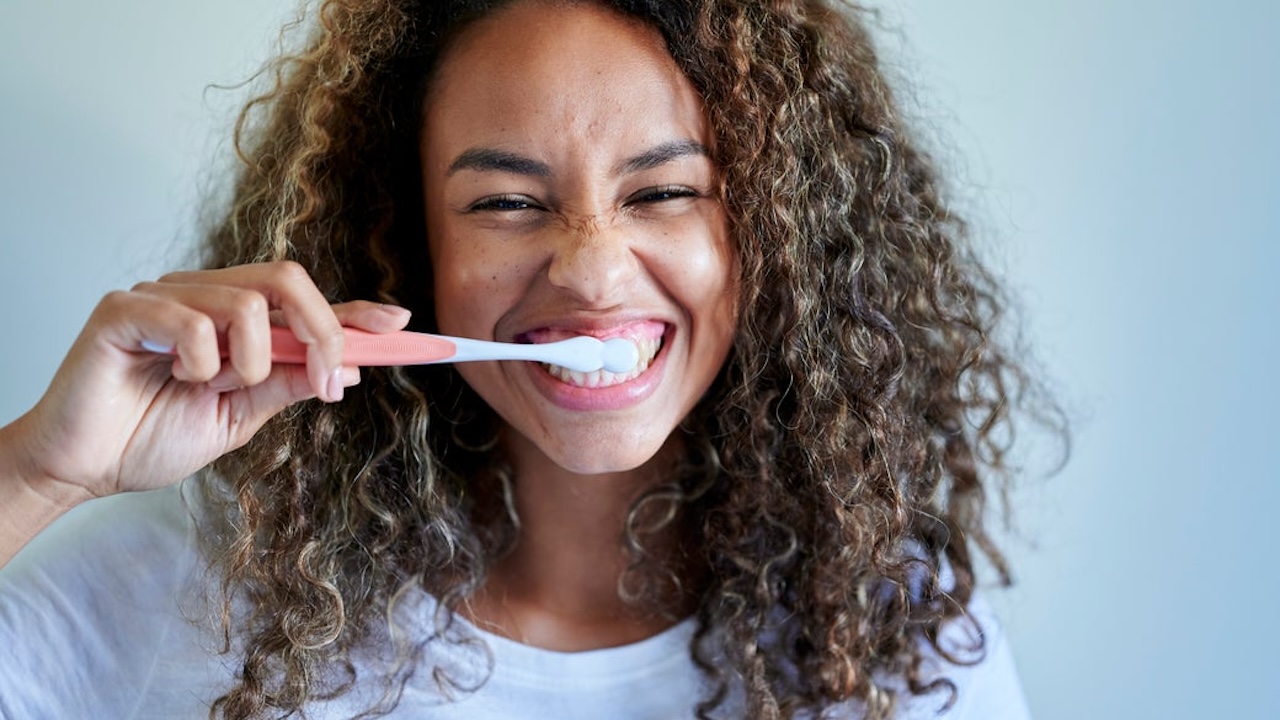
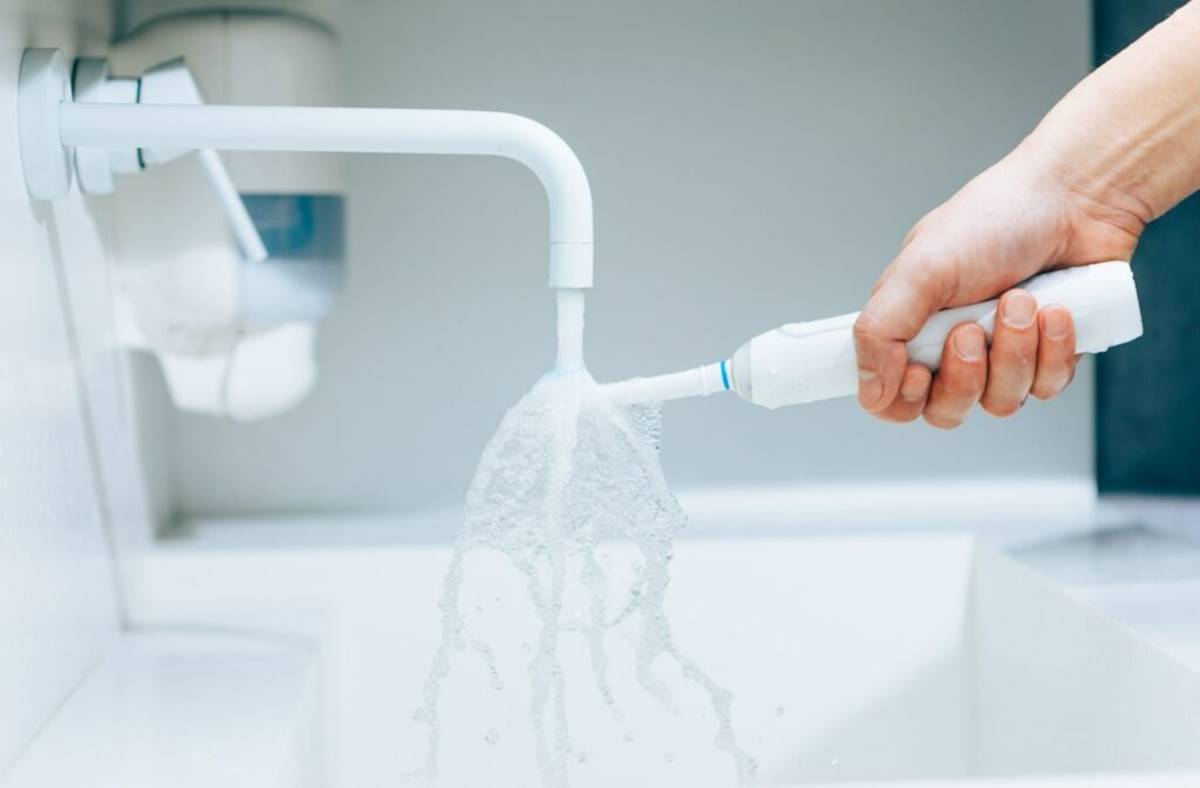
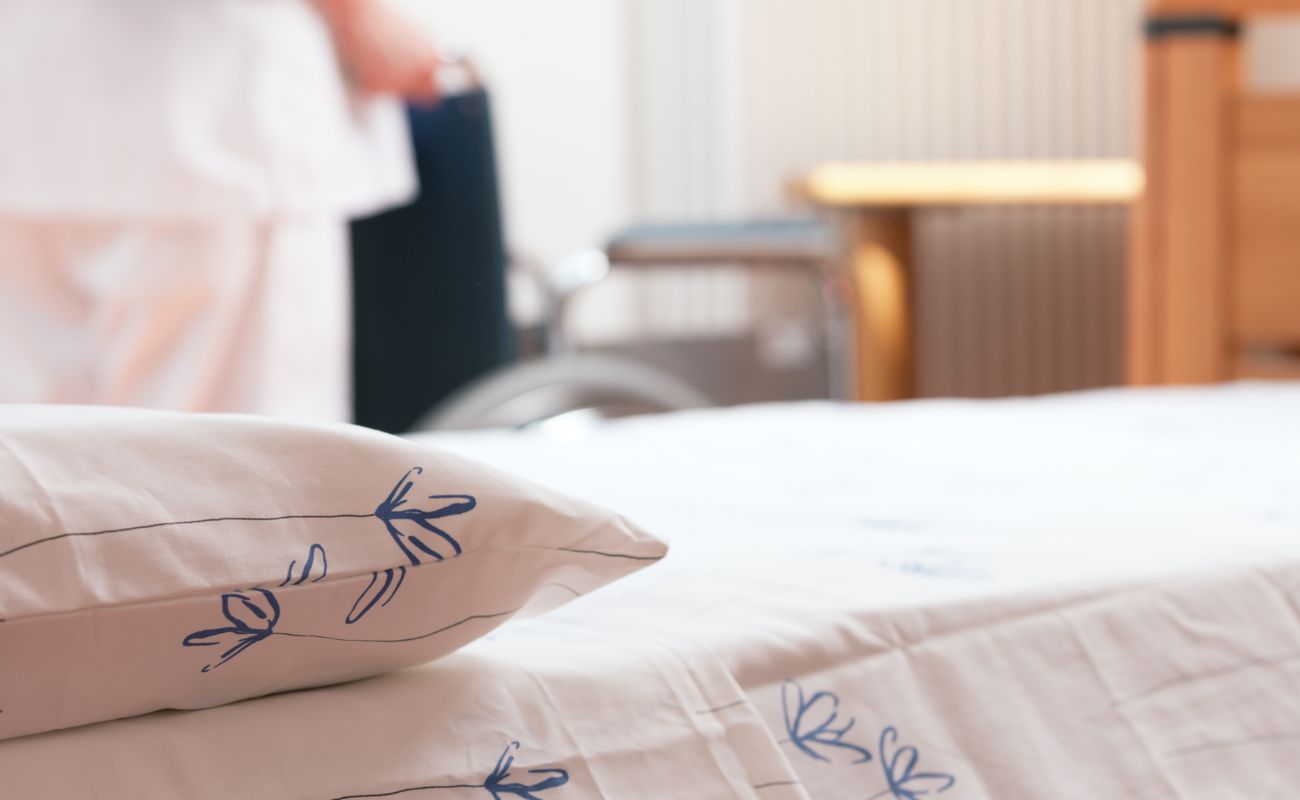

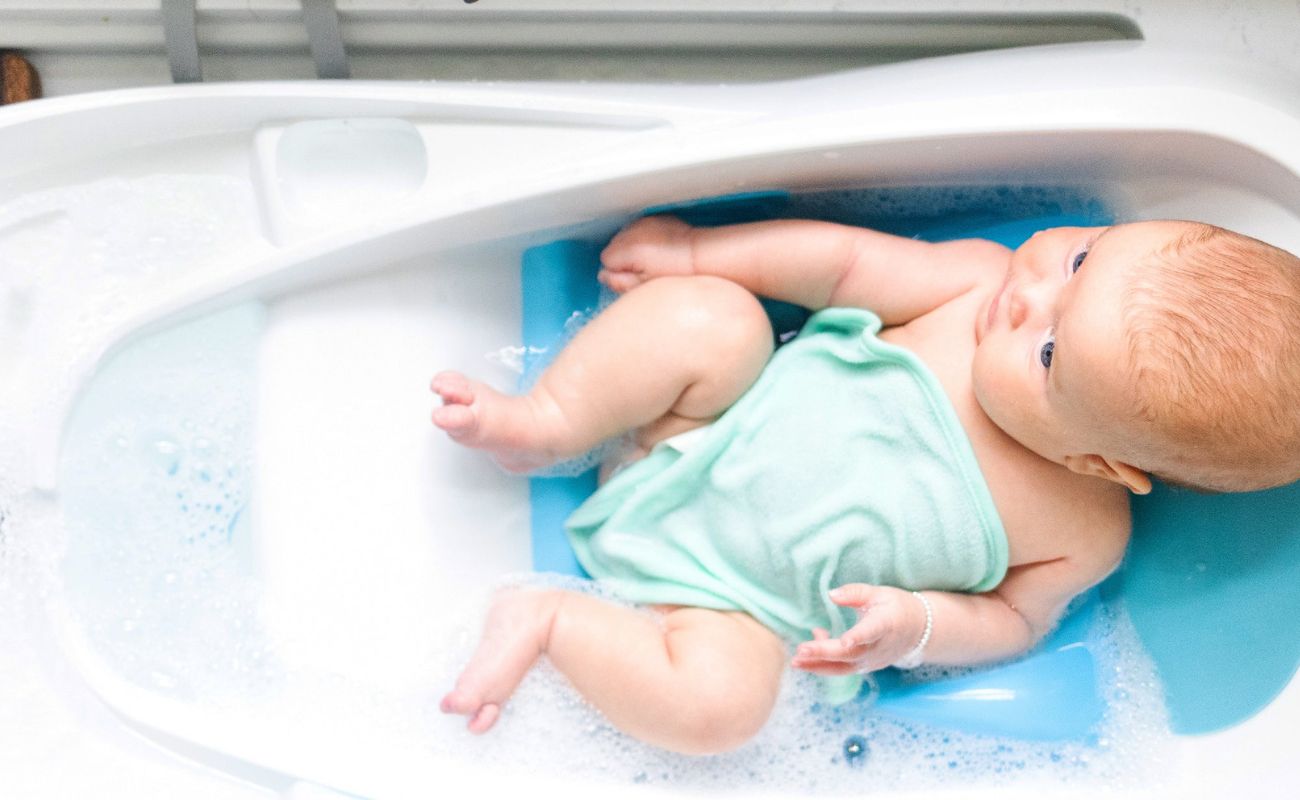
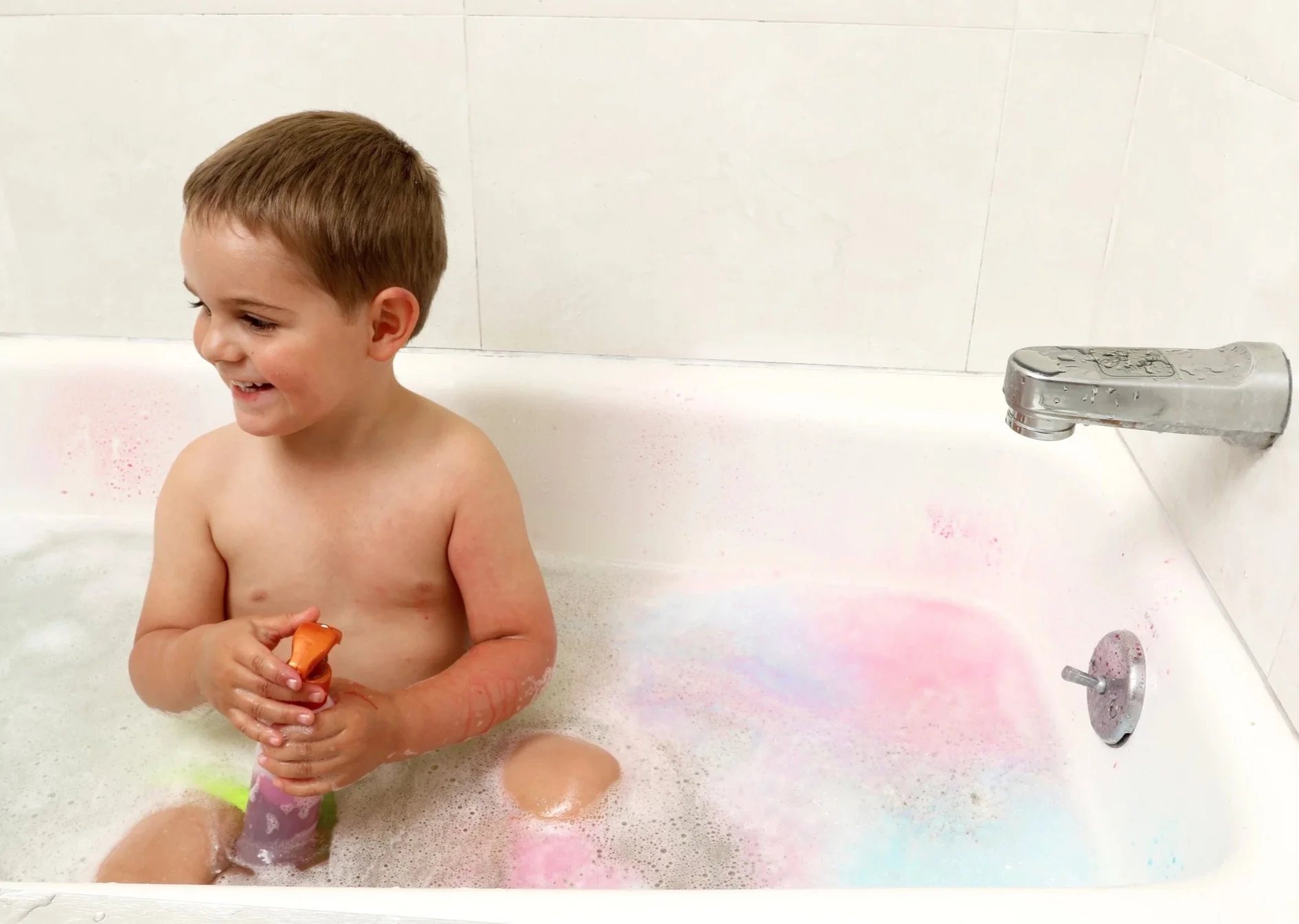
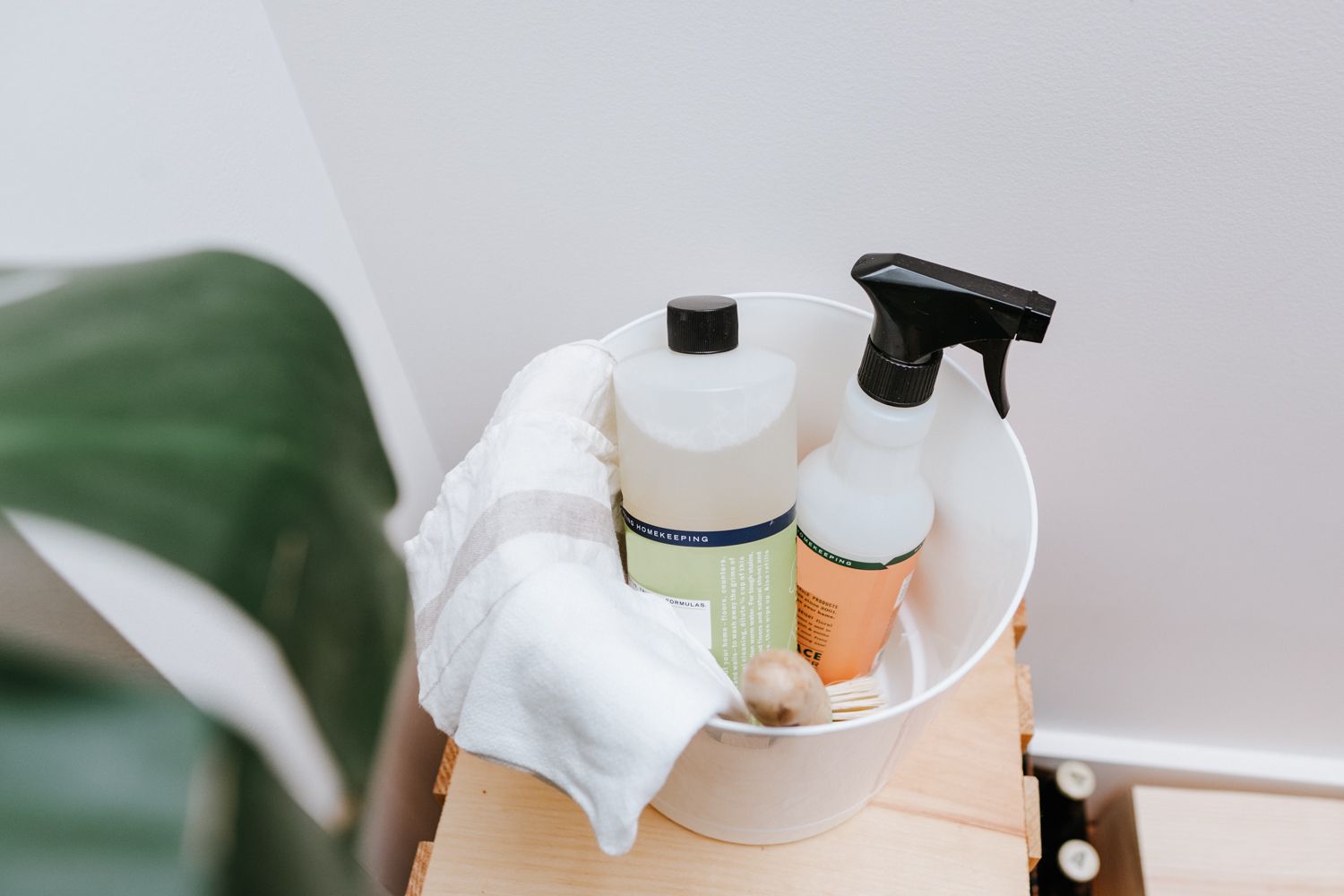
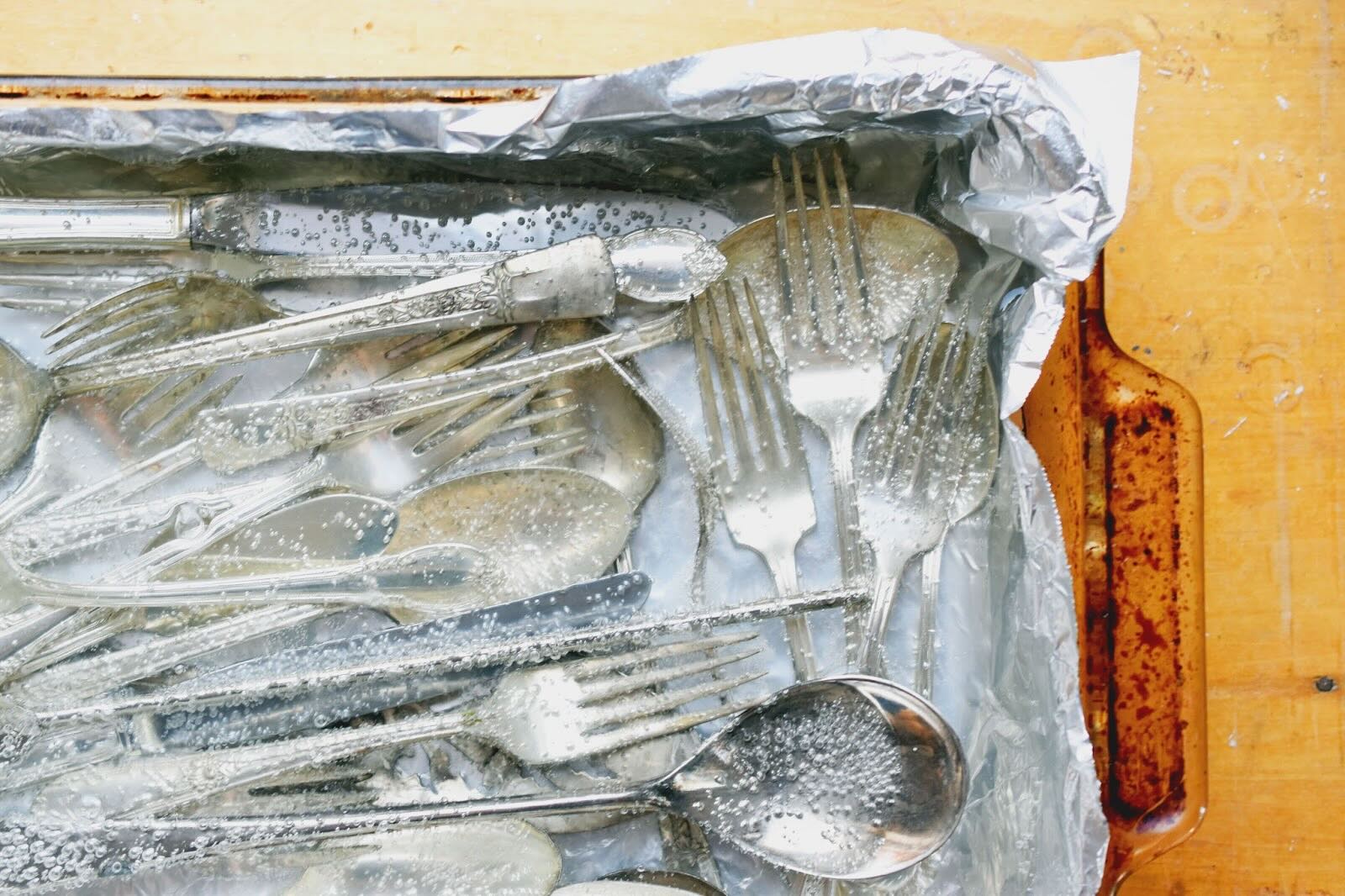
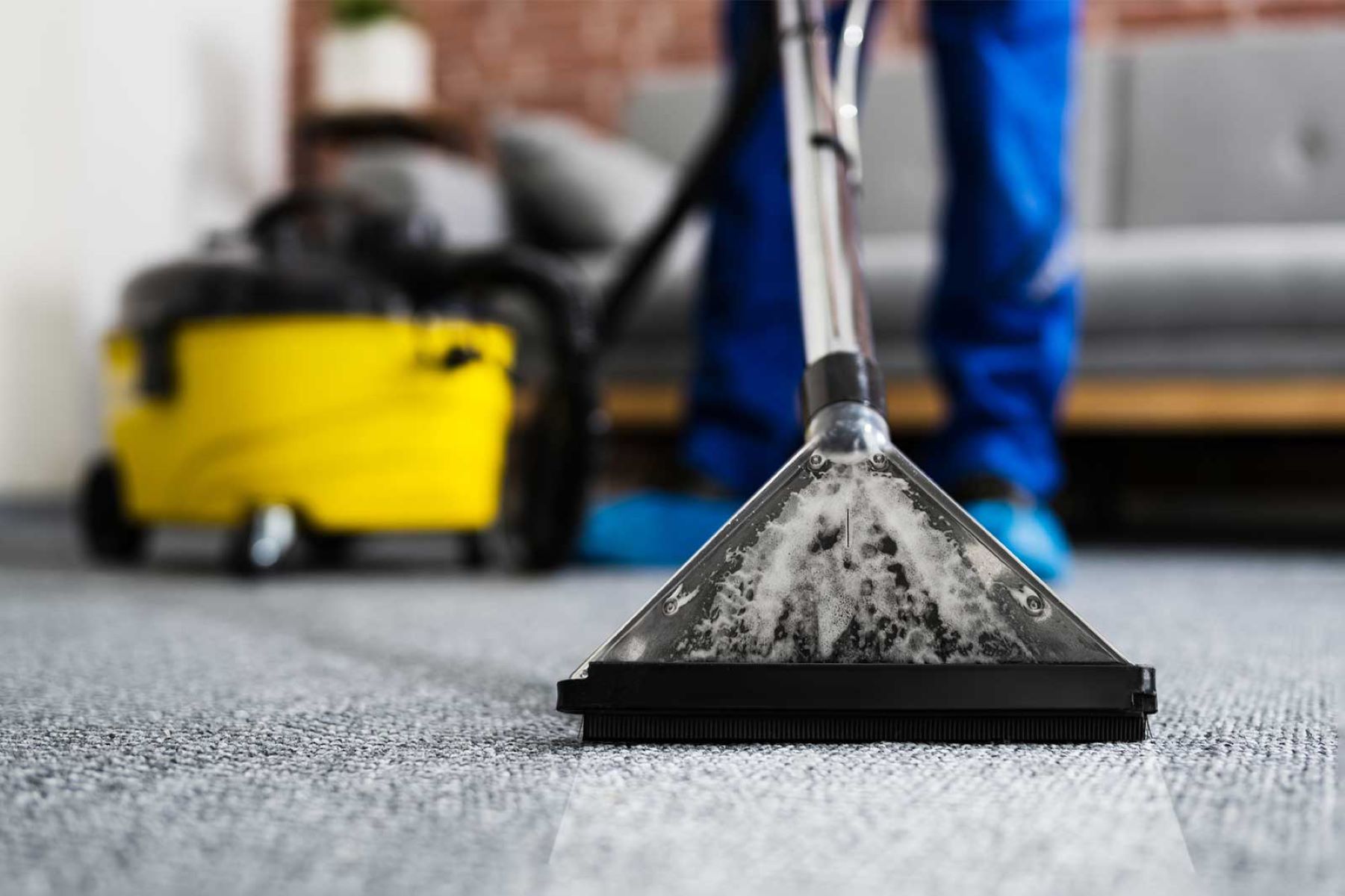

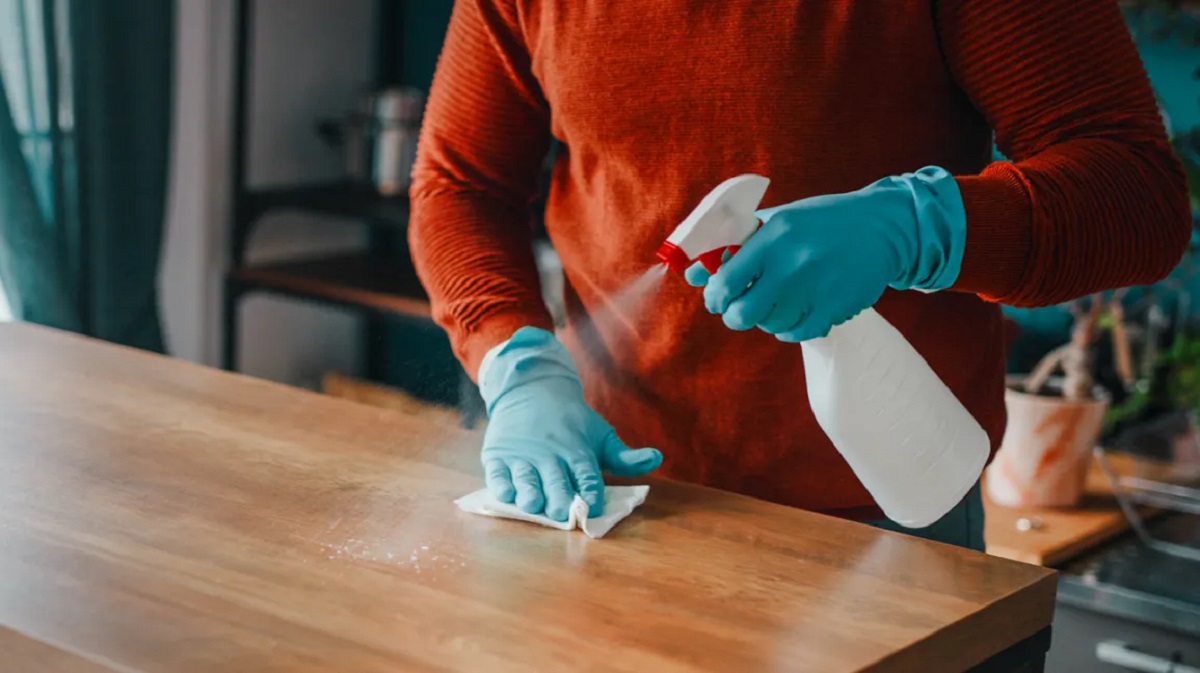
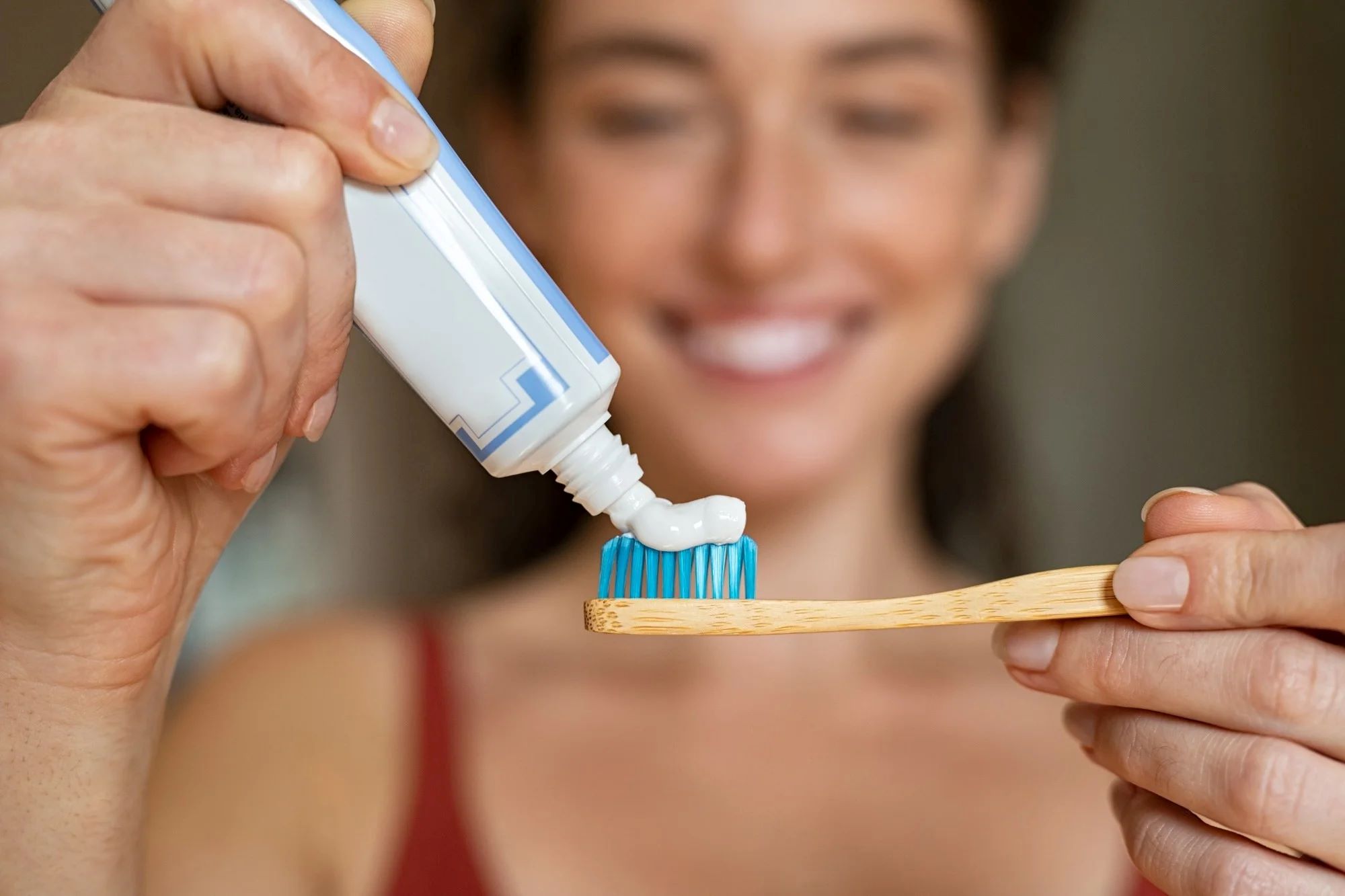
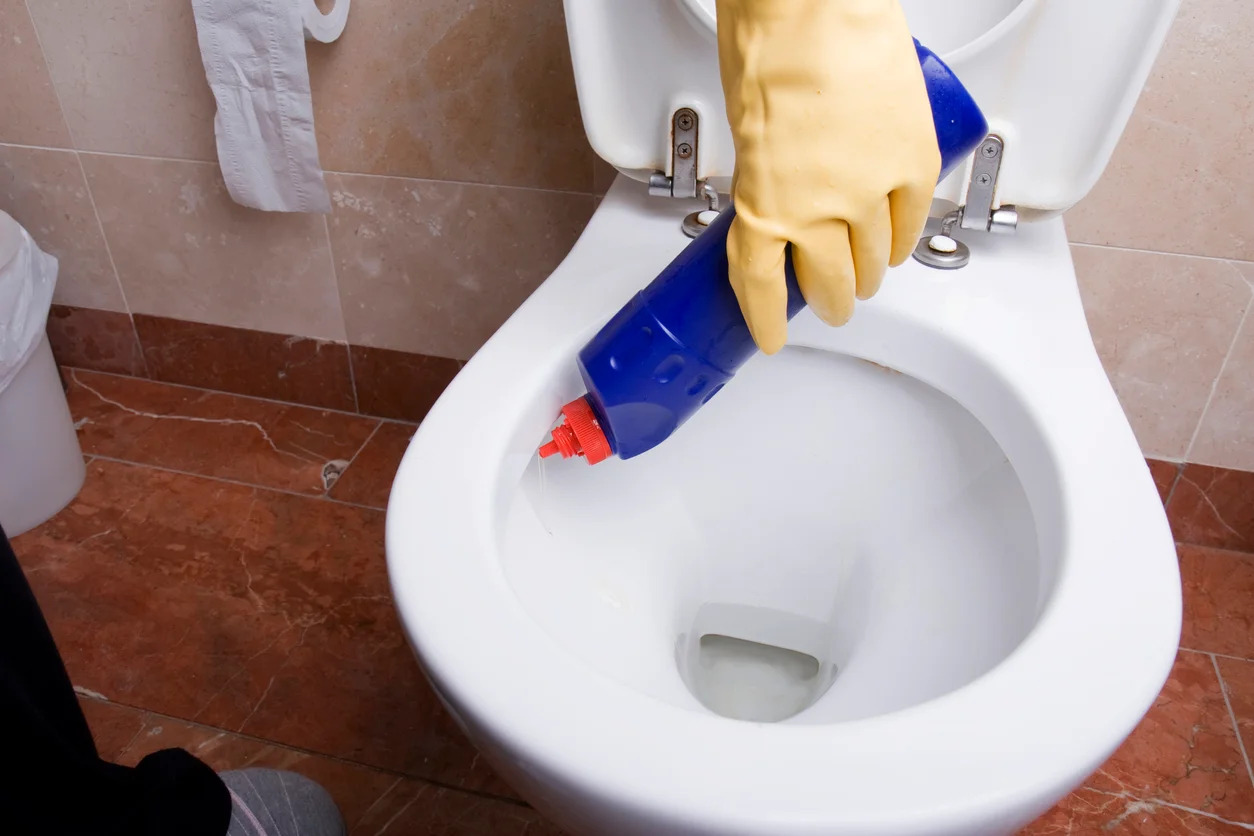

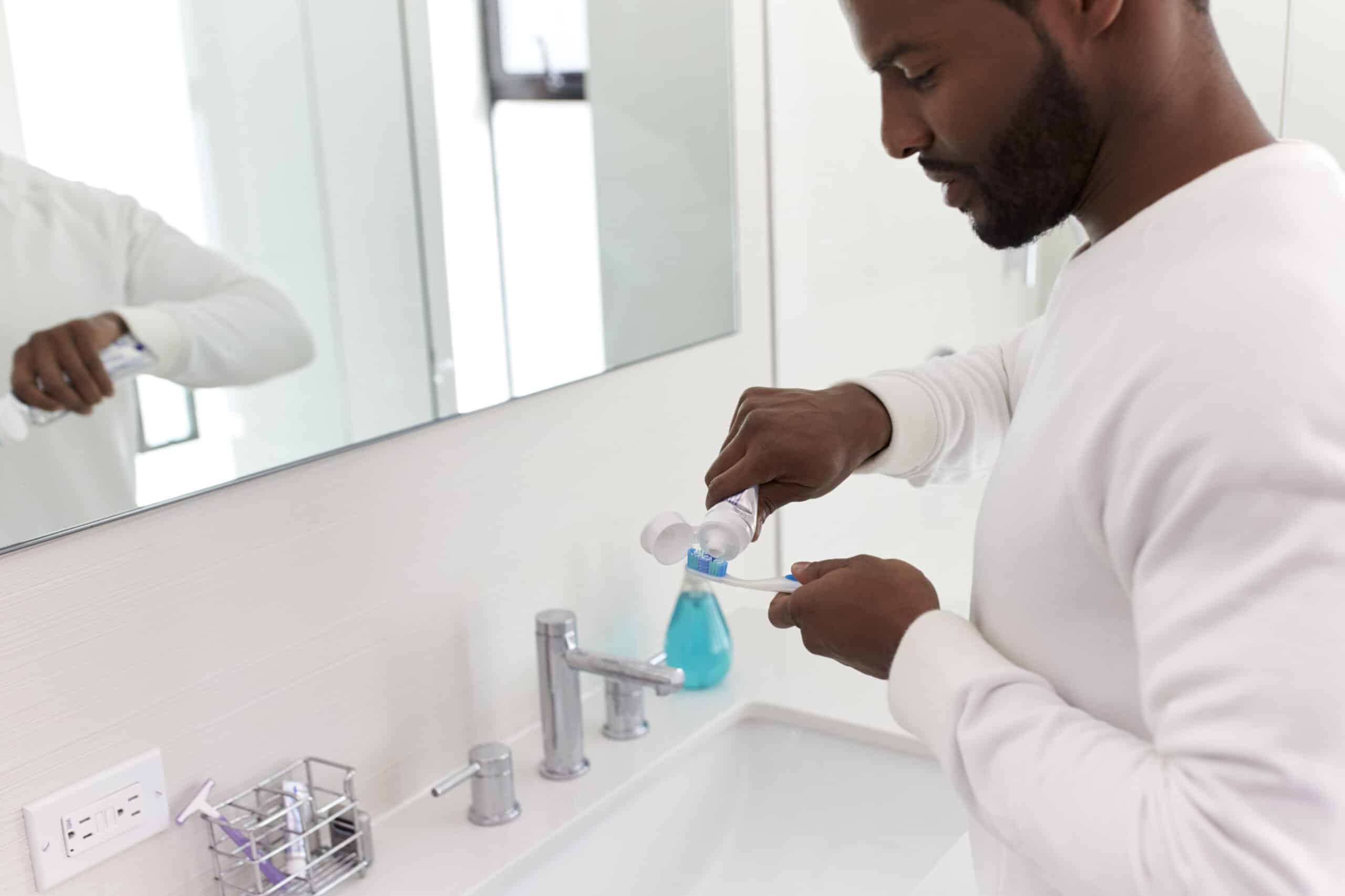

0 thoughts on “How To Disinfect Toothbrush After Strep”